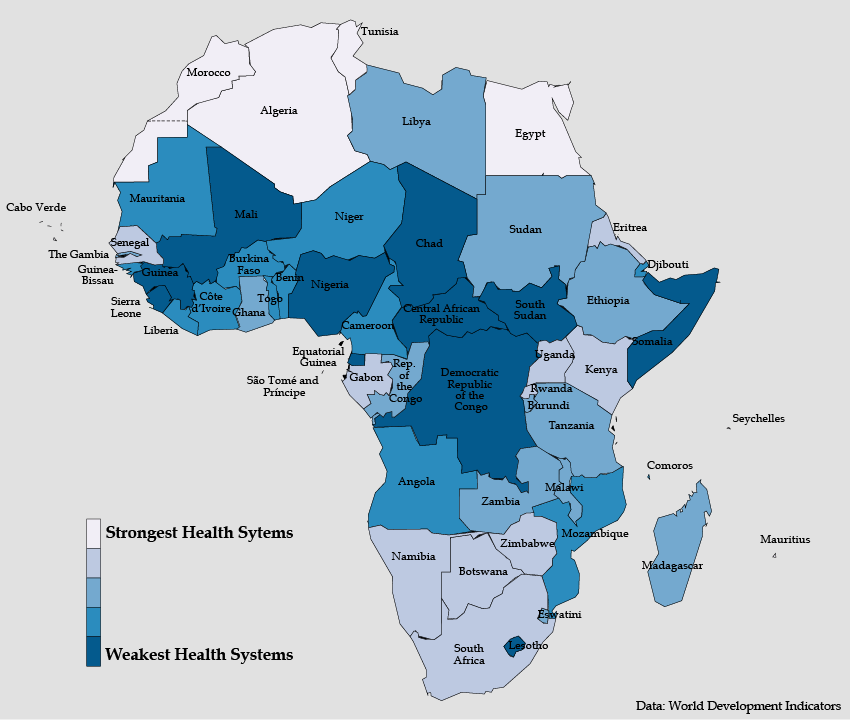A GIS is an organized collection of computer hardware, software, geographic data, and personnel designed to effectively capture, store, retrieve, update, manipulate, analyze, and display all forms of geographically referenced information
GIS is a computer system capable of assembling, storing, manipulating, and displaying geographically referenced information, (i.e., data identified according to their location)
It is an integrated system of computer hardware and software coupled with procedures and a human analyst which together support the capture, management, manipulation, analysis, modelling and display of spatially referenced data












